Dark Matter Isn’t Real, New Study Turns Our Understanding Of Space On Its Head
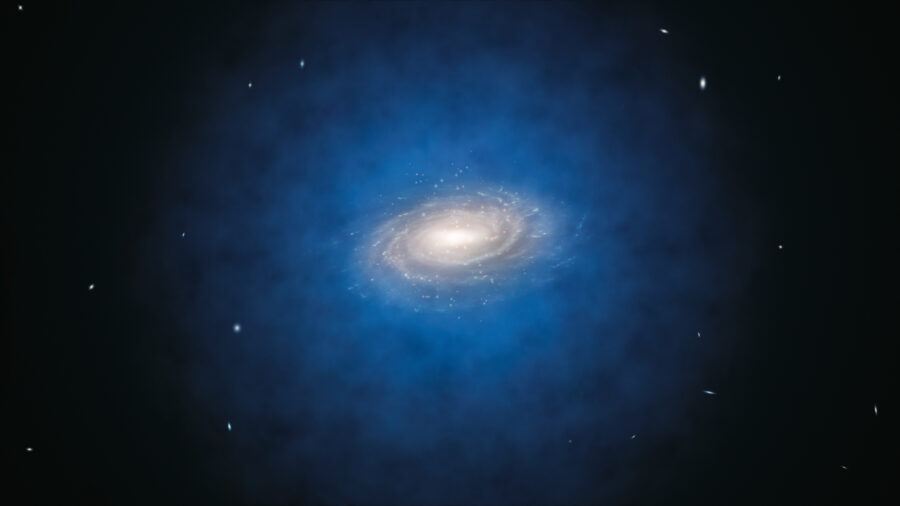
A study conducted by the University of Ottawa presents evidence that the universe may be different from previously thought. Primarily, the study challenges the existence of dark matter and offers a different explanation for behaviors in the universe that were once attributed to this mysterious substance. The study opens up avenues for further research and may change the way scientists view physics.
Dark Matter
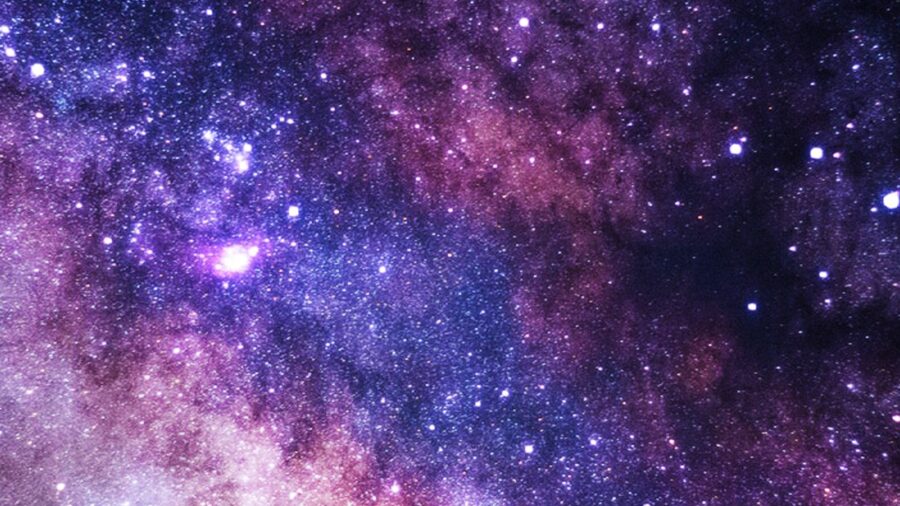
Dark matter is used to describe a substance that people are not able to see and that doesn’t interact with light or electromagnetic fields. In fact, the only way it can be identified is through its gravitational effects, radiation, and the overall structure of the universe. Many scientists have developed unique ways to detect dark matter through indirect means, including searching for evidence in high-energy particle collisions, but there have still been no direct detections of the substance.
The Old Theory
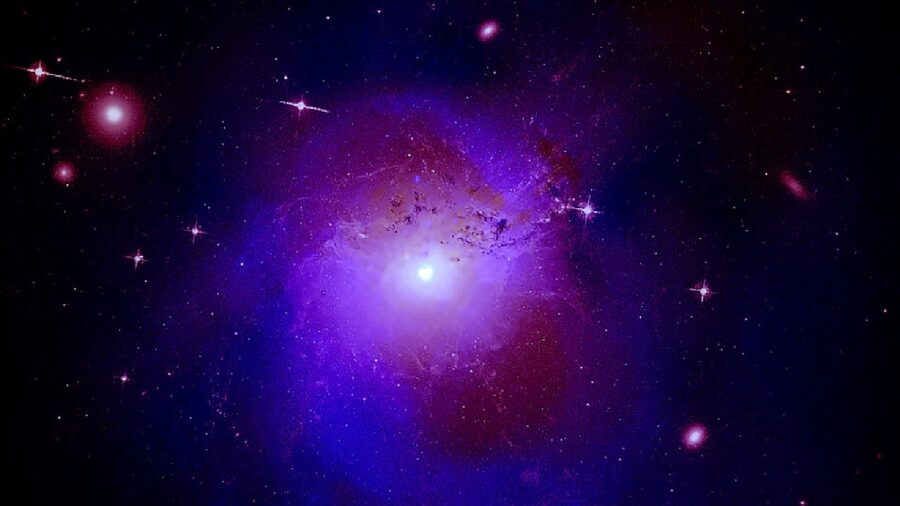
Though not much was known about dark matter, it was used to explain how stars, planets, and even galaxies interacted. The theory first came about in the 1930s, when Fritz Zwicky, an astronomer, suggested that something that humans were unable to see could explain missing mass. Specifically, he was talking about the missing mass in the Coma Cluster of galaxies, but the theory spread and was used to explain many places throughout the universe that had unusual rotations or heavier mass than could be explained solely based on visual evidence.
According to traditional understandings of the universe, dark matter makes up somewhere close to 27 percent of the cosmos. Roughly five percent is ordinary matter, and the rest is dark energy.
Covarying Coupling Constants
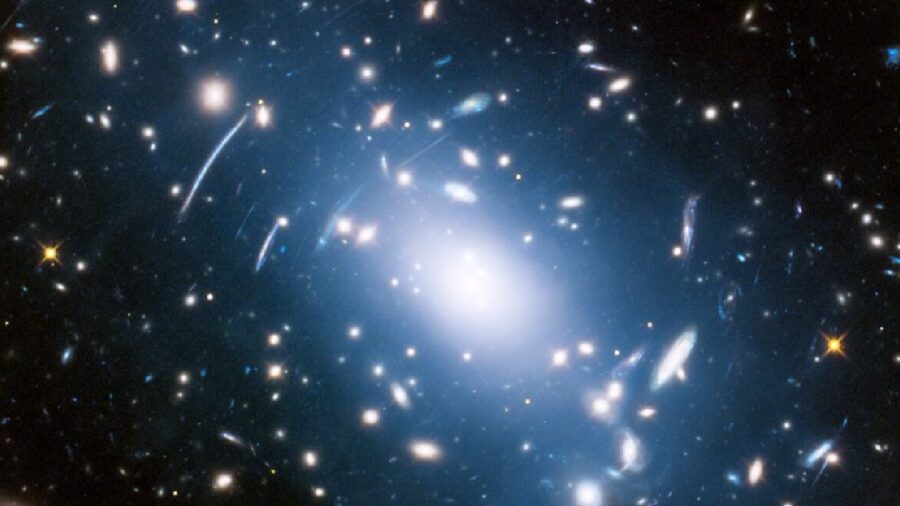
This new study, however, suggests that there could be another explanation for their behaviors. Rajendra Gupta, a physics professor at the Faculty of Science, led the research. Gupta used two theoretical models to approach the concept of dark matter, known as covarying coupling constants (CCC) and tired light (TL).
CCC is a theory that states that the strength of forces between particles isn’t a fixed number but changes across different parts of the universe, which would drastically change what is known about space and the current established physical laws. Meanwhile, the TL model explains that the reason light tends to shift to the red end of the spectrum as it goes through space is because it loses energy the further it goes.
Plenty Of Scientists Still Back Dark Matter
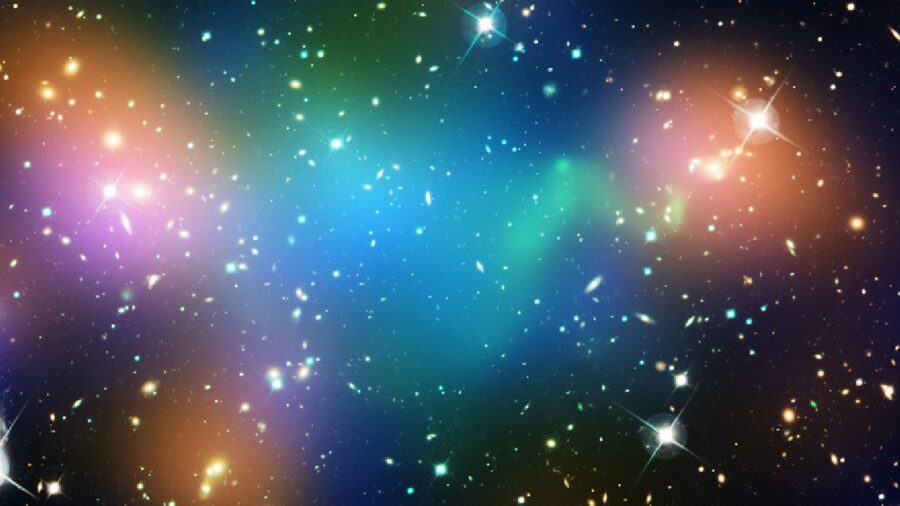
These models are based on the notion that the forces of nature grow weaker over time, and that light loses energy the further it travels. These theories have been tested many times, and they closely fit with other observations of the universe. Despite that, it’s not fully backed, and there are still plenty of scientists who are skeptical of these models and still support the existence of dark matter.
If Gupta Is Right, Things Are A Lot Older Than We Thought
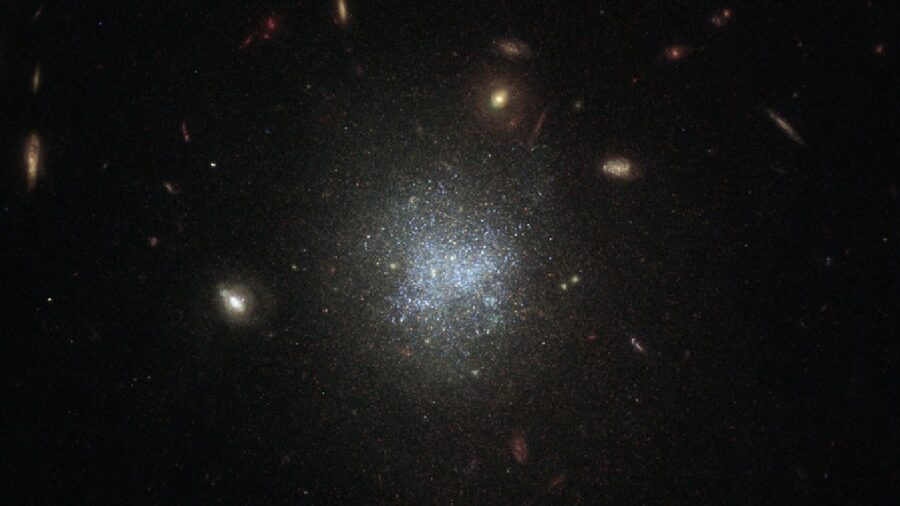
For his study to explain the behaviors of the stars and planets today, Gupta had to challenge one other prominent idea. It’s been thought for a long time that the universe is roughly 13.7 billion years old. However, if dark matter doesn’t exist and the models mentioned above are accurate, it would have to be closer to 26.7 billion years old.
Gupta’s Conclusions
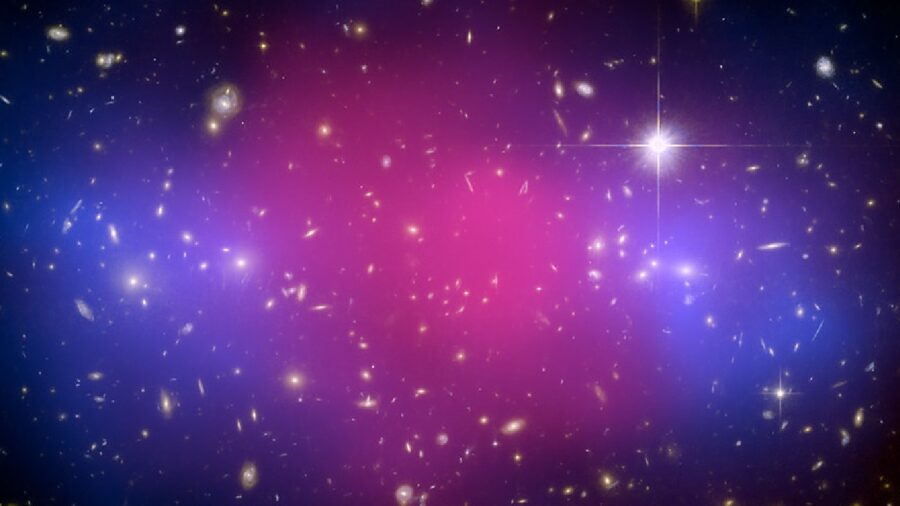
Gupta isn’t the first scientist to question the existence of dark matter, but he is the first to discredit its existence while also explaining the reasoning for the behaviors attributed to the matter. Thanks to this study, there is now a potential explanation for certain characteristics of the universe that don’t rely on mysterious dark matter.
Gupta summarizes the results of his study, “The study’s findings confirm our previous work, which suggested that the universe is 26.7 billion years old, negating the necessity for dark matter’s existence. Contrary to standard cosmological theories where the accelerated expansion of the universe is attributed to dark energy, our findings indicate that this expansion is due to the weakening forces of nature, not dark energy.”
Though more studies need to be conducted to support this theory, it does offer an exciting opportunity. There is still a lot unknown about the universe, and Gupta’s research gives other scientists an avenue to start decoding more about the stars.
Source: The Astrophysical Journal












